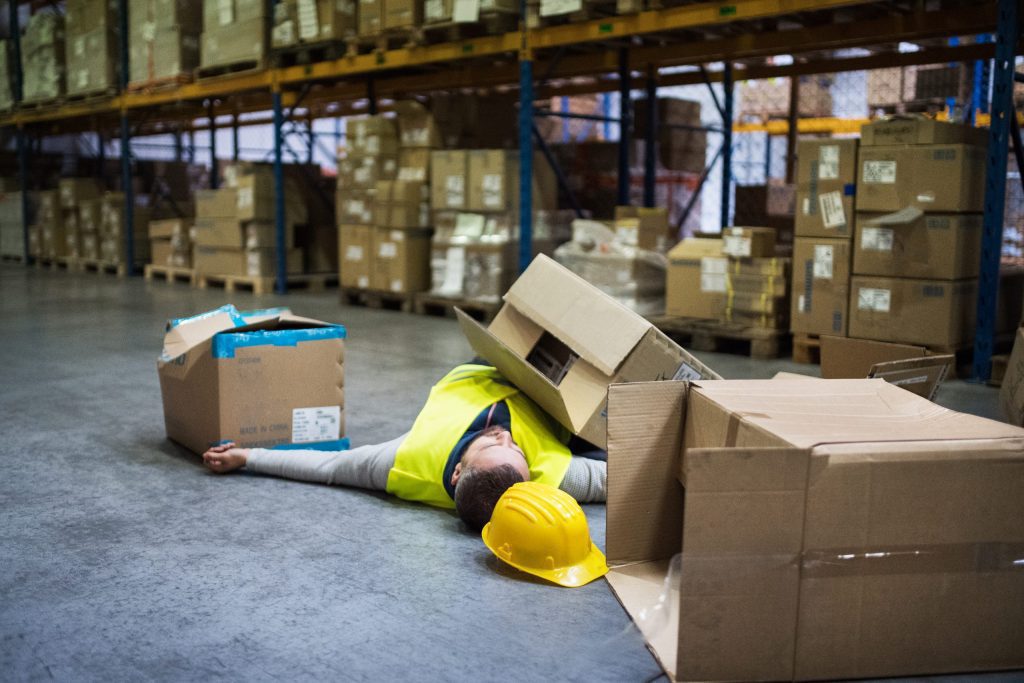Aged care workers are exposed to a variety of workplace hazards and injuries. These can range from slips, trips, falls and hazardous materials.
Taking proper precautions can protect workers and ensure a positive working experience. It's important to conduct a risk assessment to ensure that safety measures are in place.
It's also important to have a safety policy. https://loneworkerdevices.com/personal-alarm/ This can include procedures for reporting accidents and hazards. A code of practice may vary by state or territory, so make sure you know what is applicable in your specific area.
img width="470" src=" ">
">
For instance, the Occupational Health and Safety (OHS) Act places a general duty of care on employers to keep their employees safe. The OHS Regulations detail the duties of employers when their employees become ill or injured.
To reduce workplace risks, the AACQA has produced a series of Best Practice Guidelines. These guidelines provide a systematic methodology for reducing injury rates among health care workers in residential aged care facilities.
One of the biggest challenges in embedding safety practices in a care home is the complex needs of residents. Care workers are often required to lift heavy objects, walk long distances and move patients around.
Fortunately, there are programs that can help workers live longer and work more productively. An example is the ReturnToWorkSA initiative. In partnership with the Australian Nursing and Midwifery Federation SA Branch, the program will provide $30,000 grants to five registered aged care employers in the residential sector.
![[PukiWiki] [PukiWiki]](image/pukiwiki.png)
